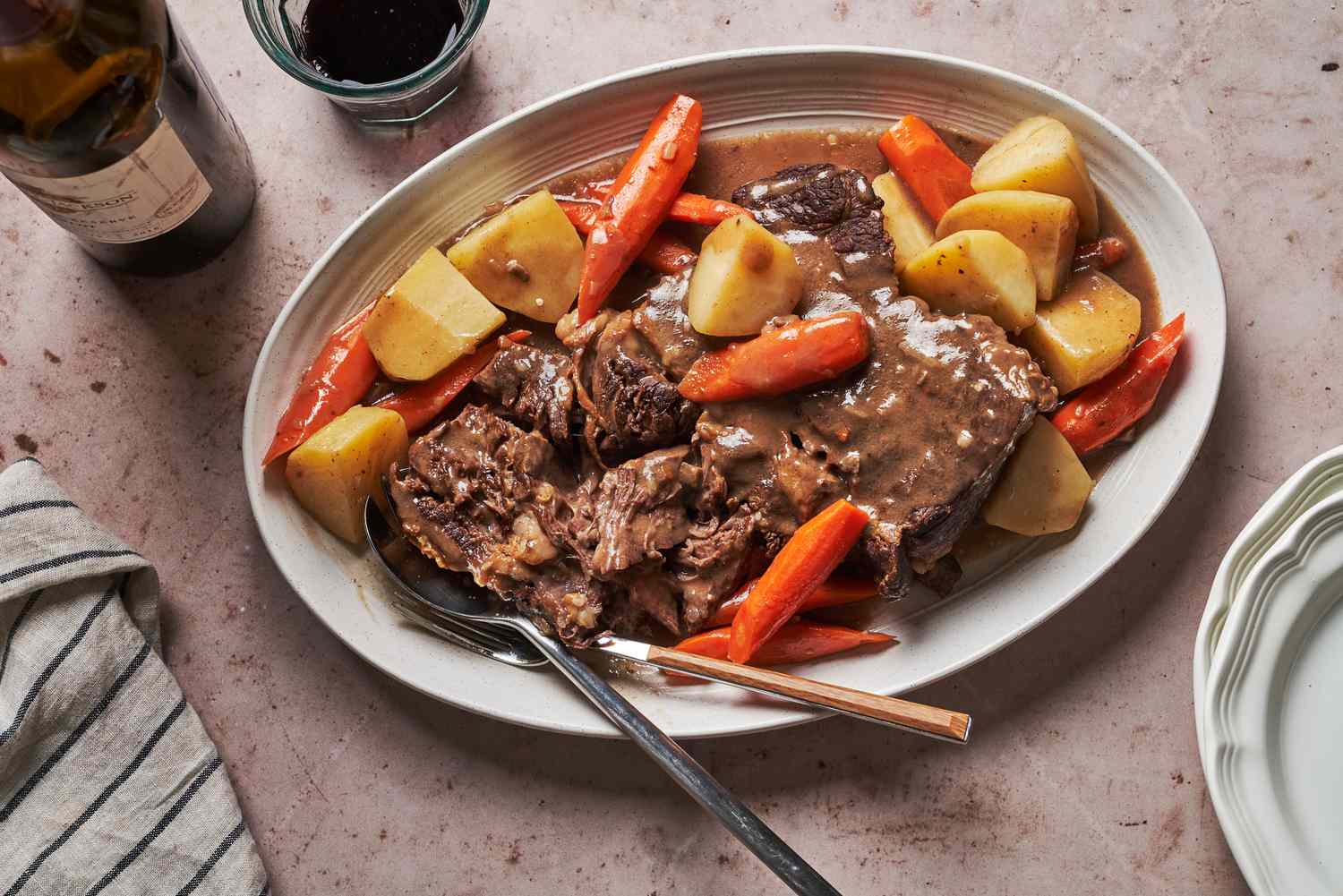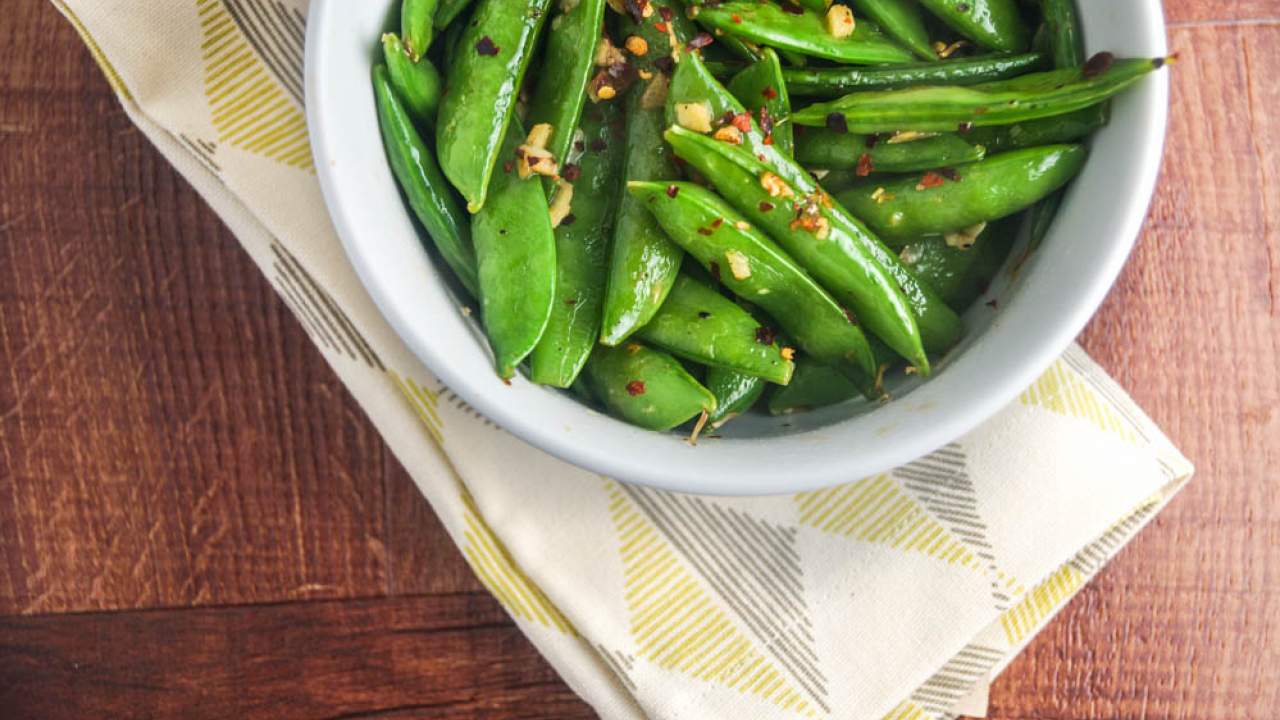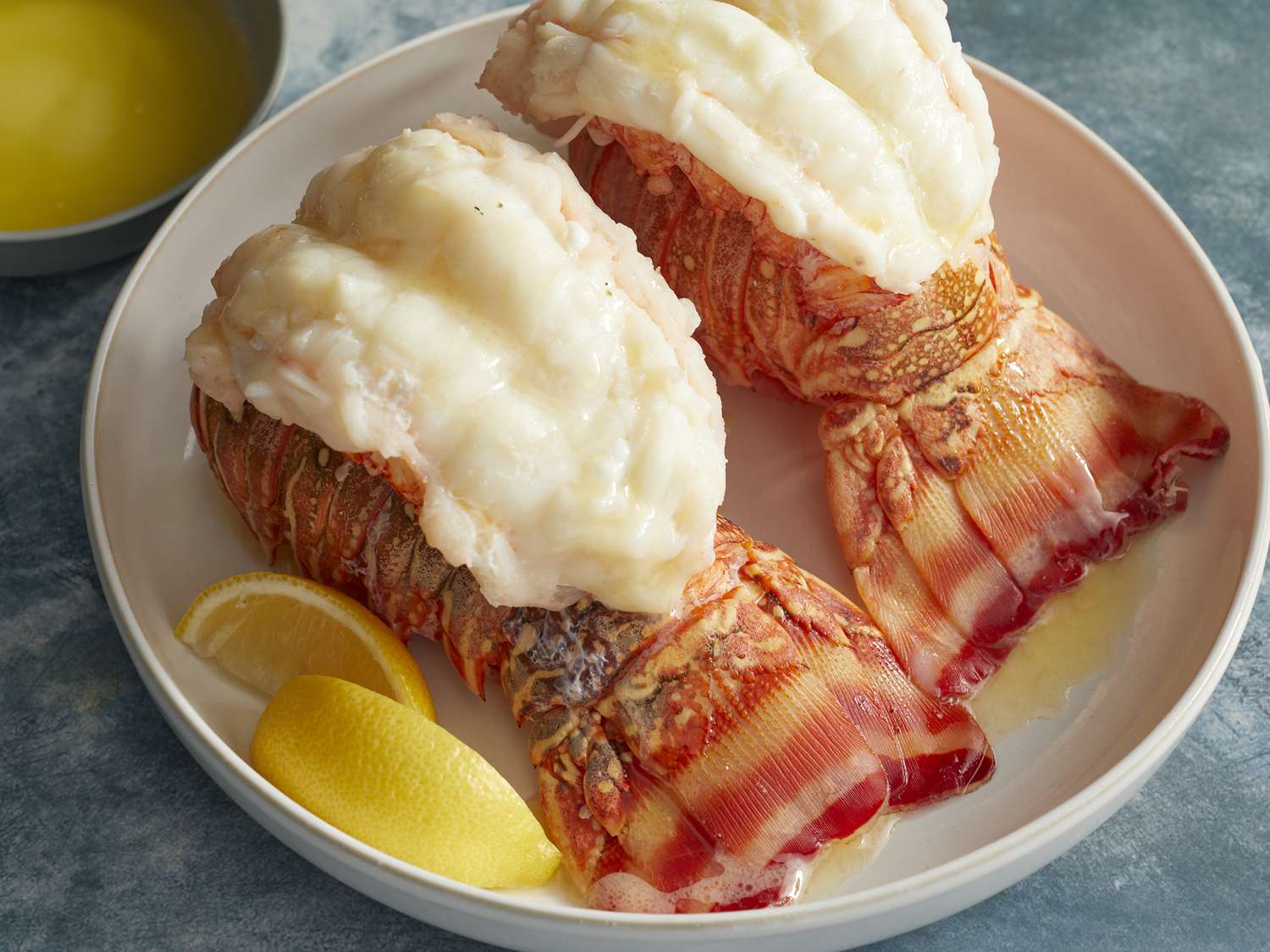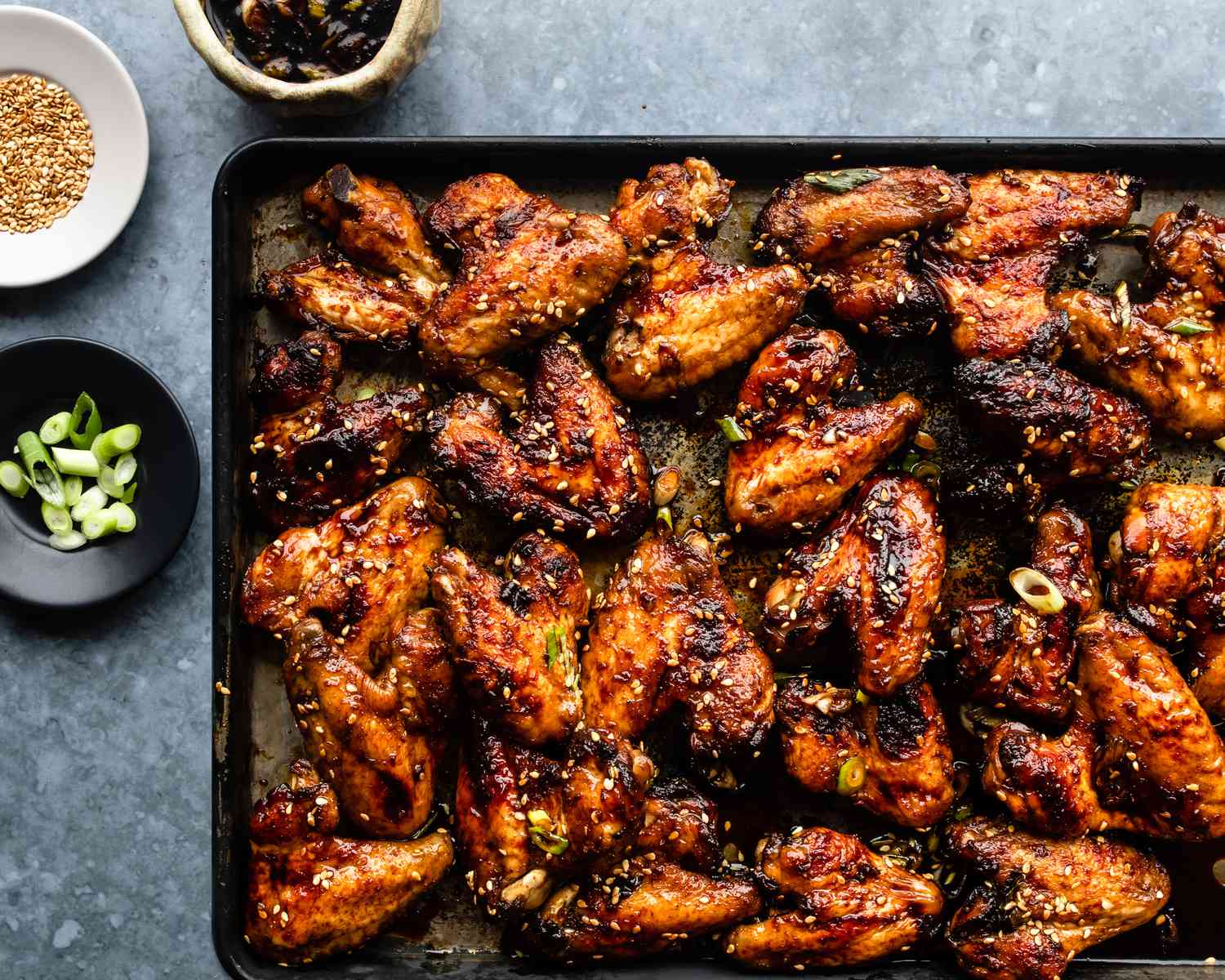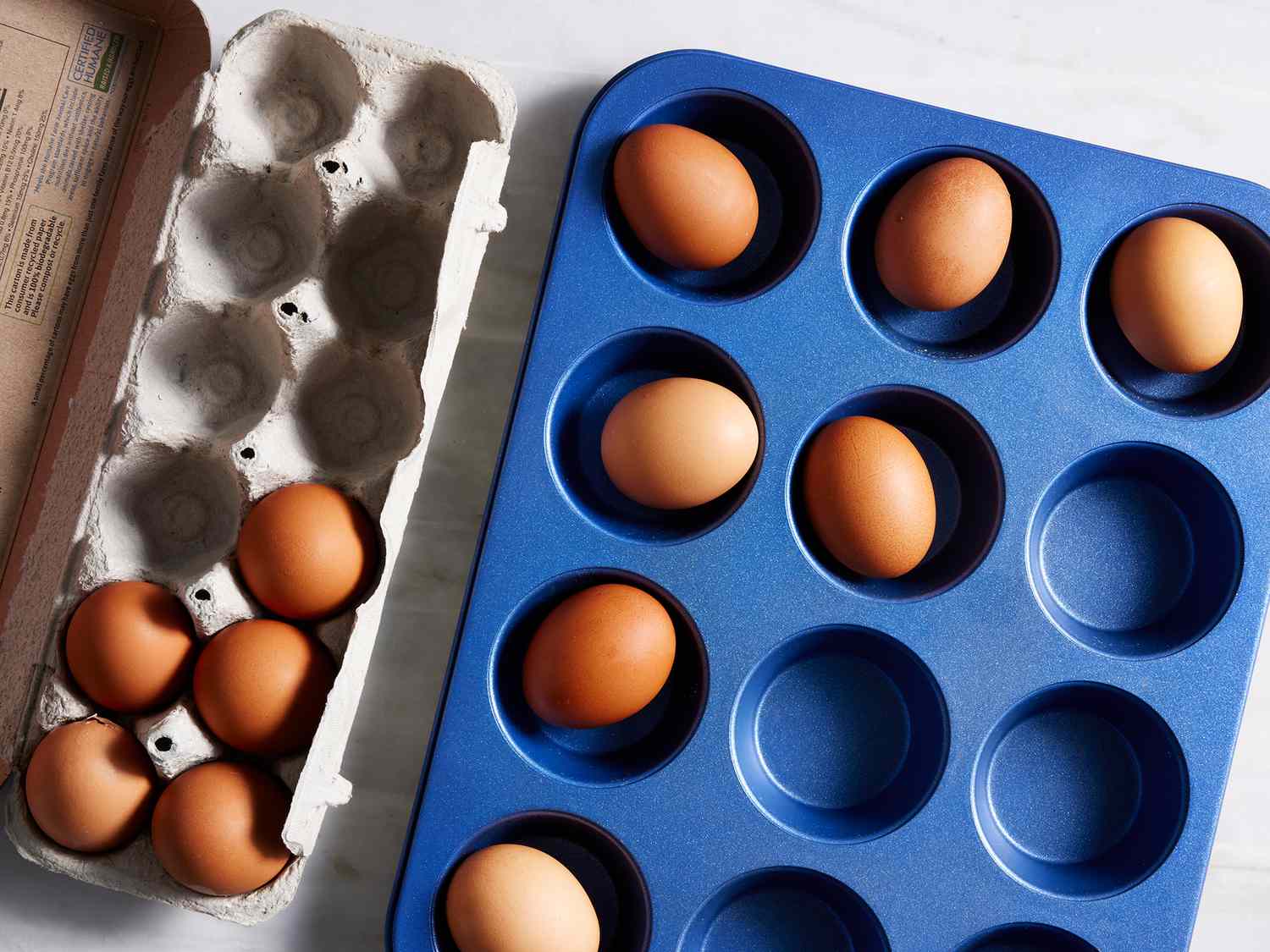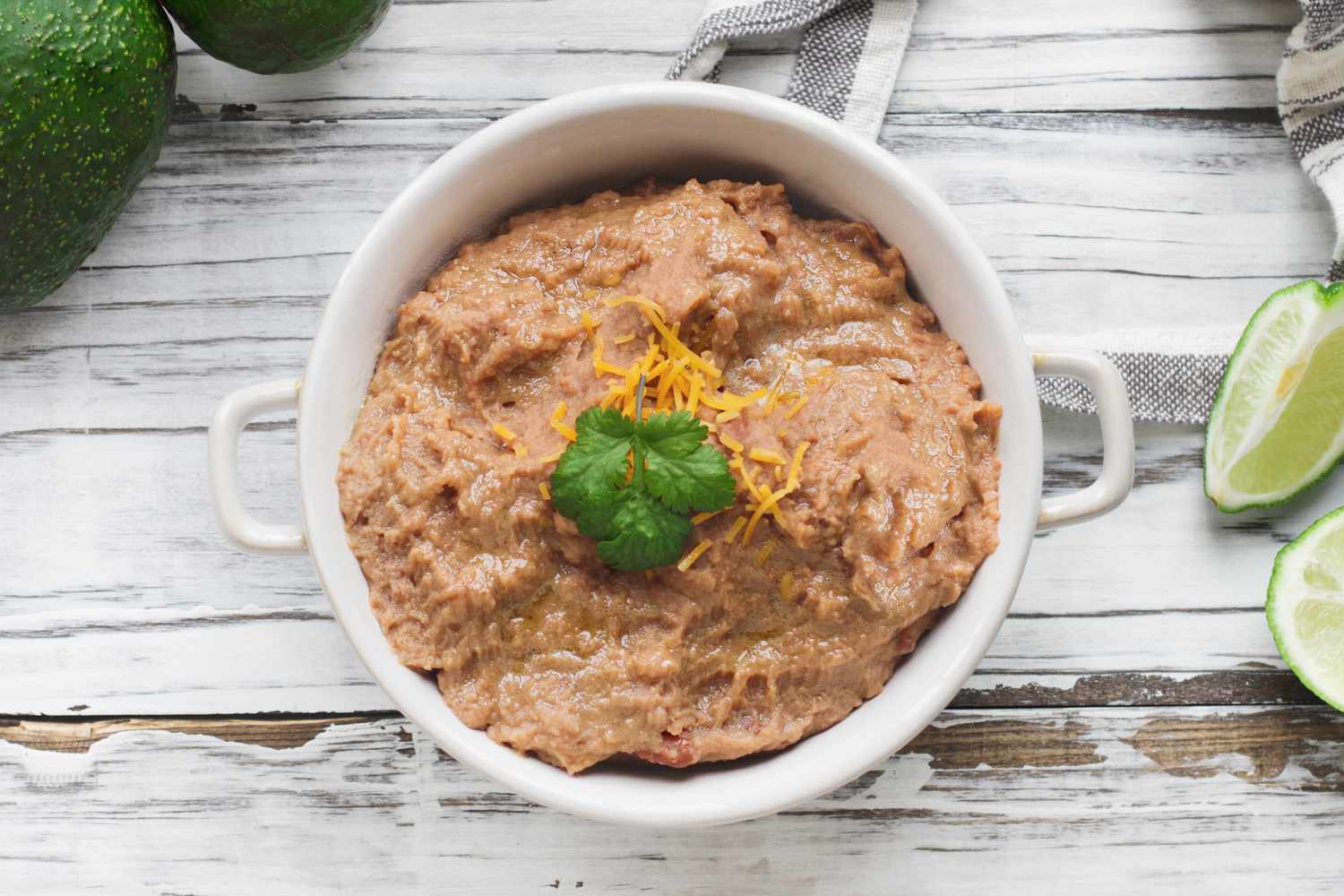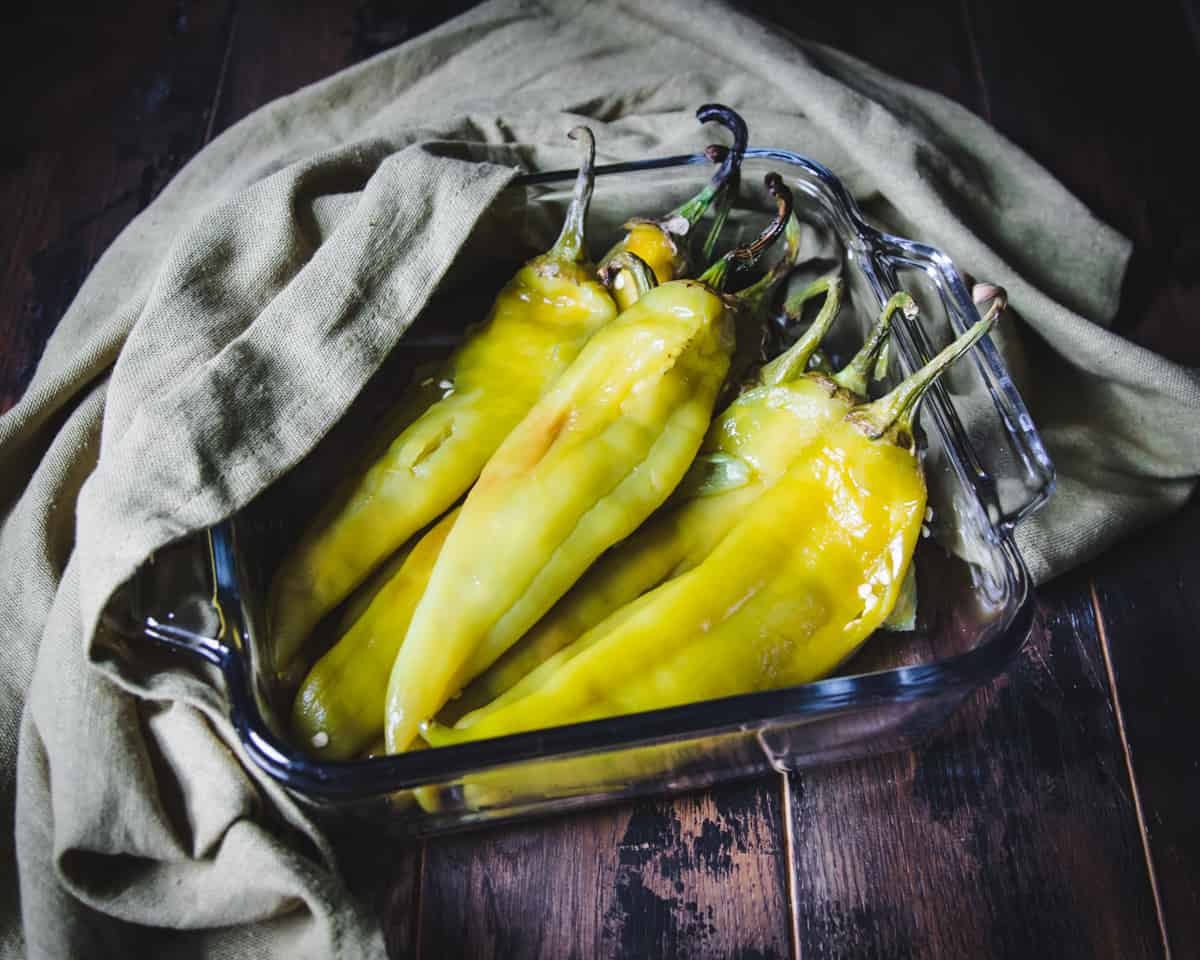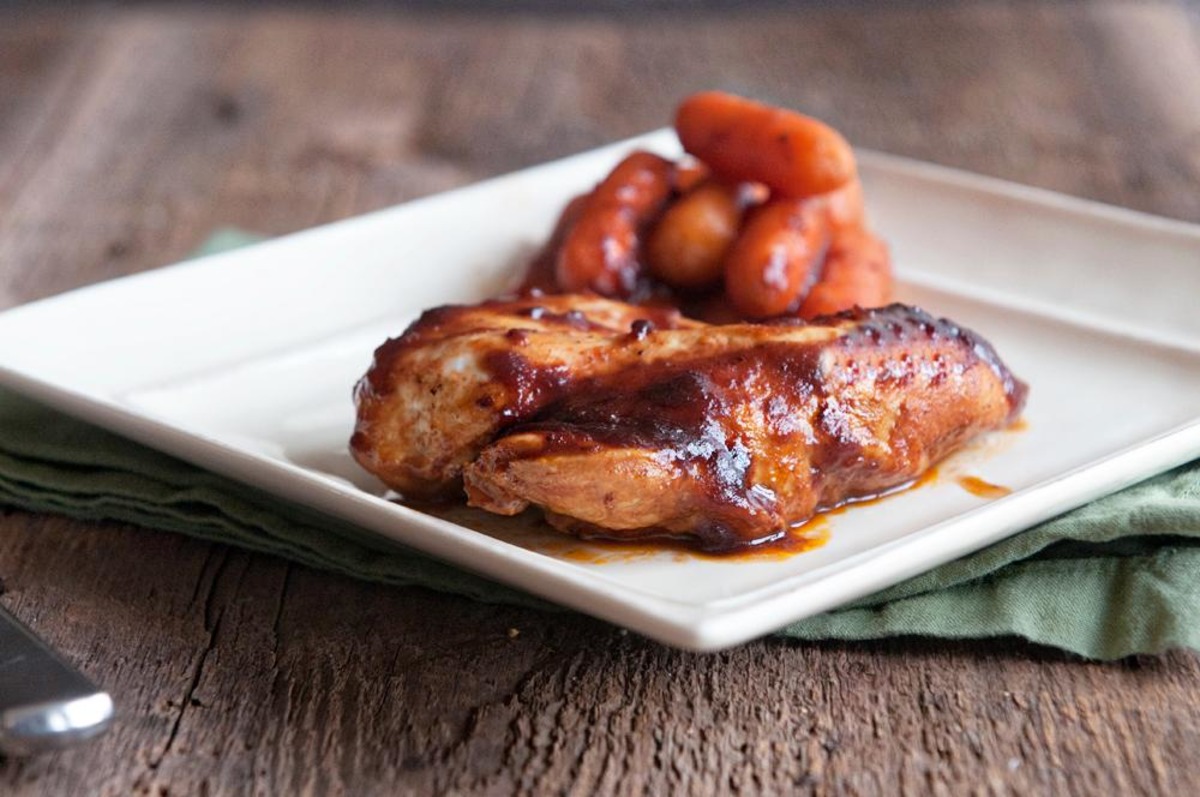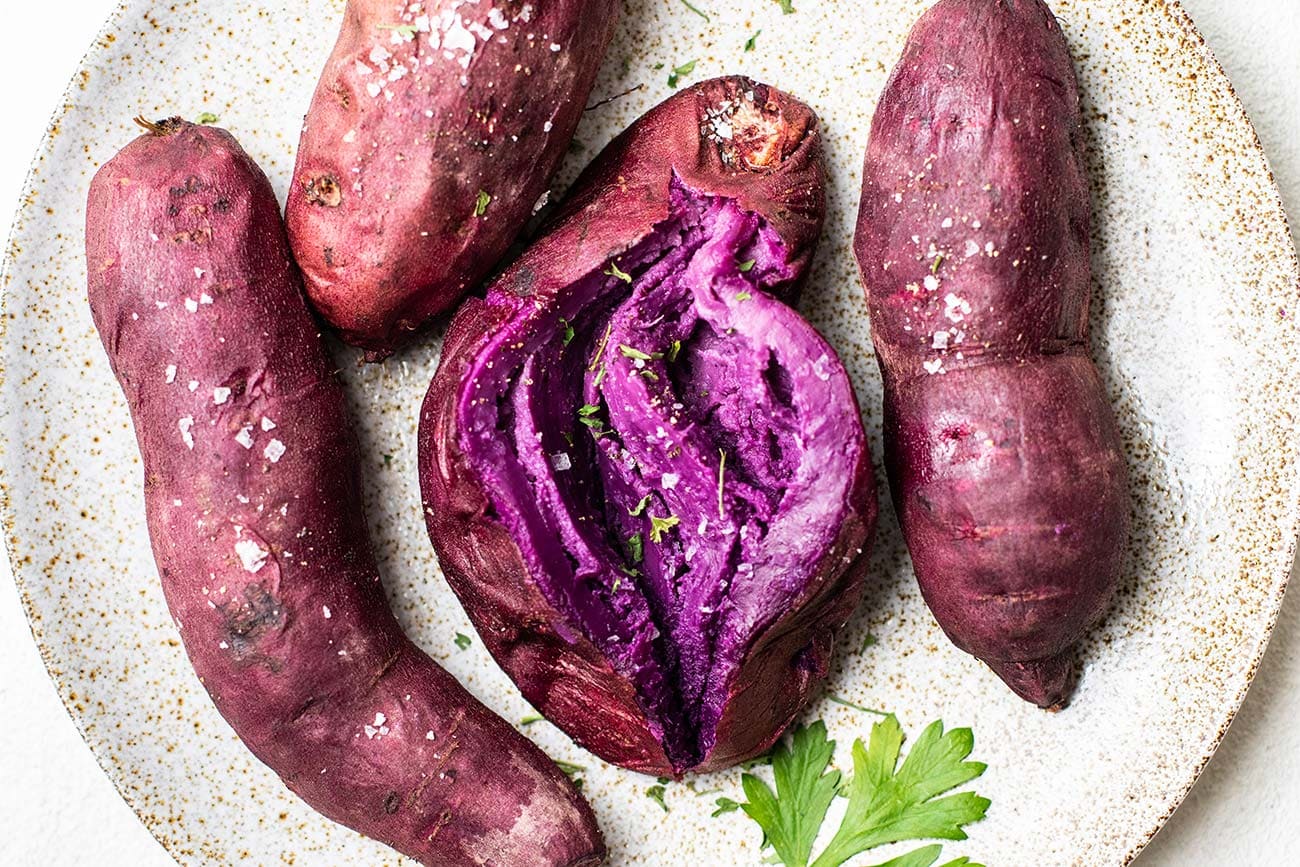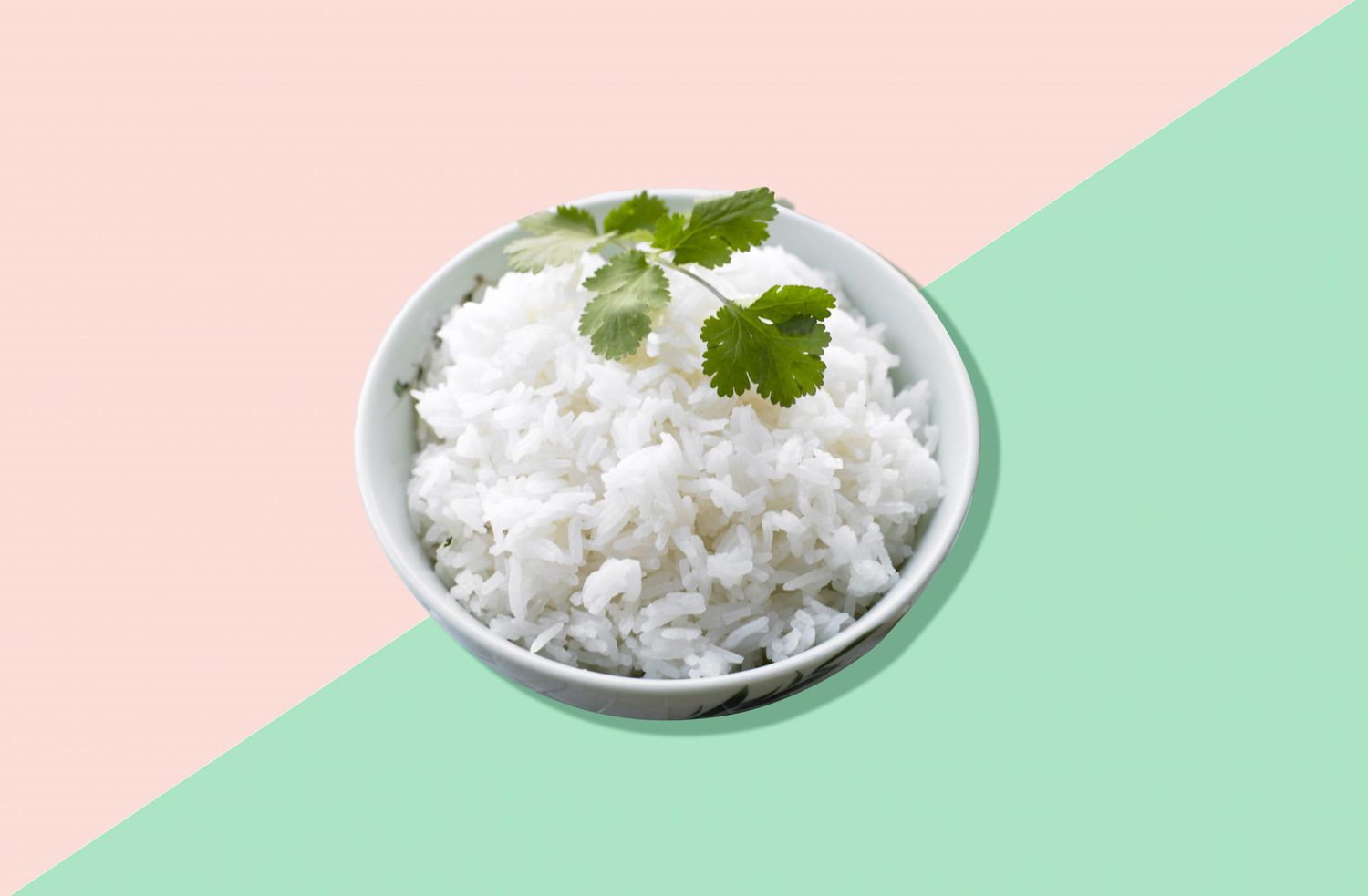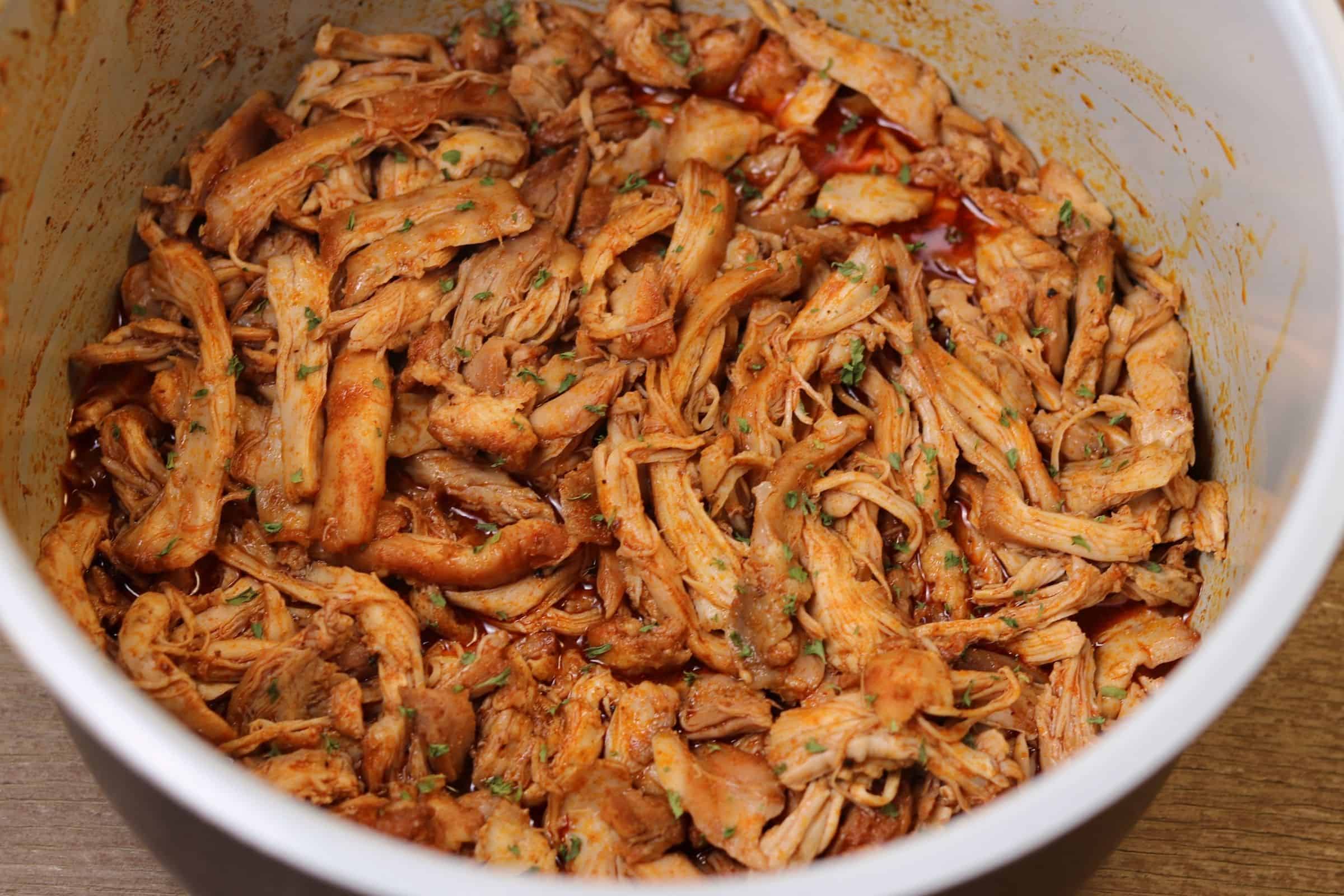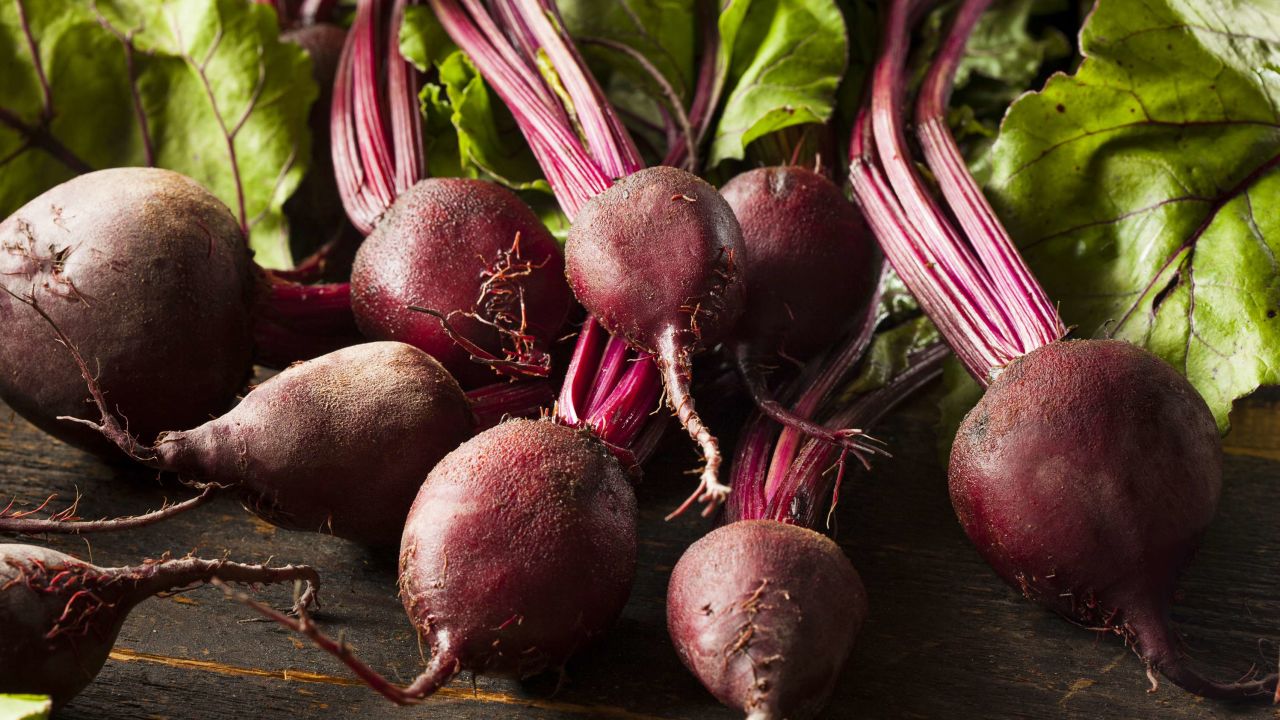The Secrets to Perfectly Tender and Juicy Ribs
Who doesn’t love sinking their teeth into a delicious rack of ribs where the meat is so tender it practically falls off the bone? If you’ve ever wondered how to achieve this mouthwatering result, you’ve come to the right place. In this guide, we’ll unveil the secrets to cooking ribs that guarantee a melt-in-your-mouth experience.
1. Start with the Right Cut of Ribs
Choosing the right cut of ribs is crucial to ensuring that they turn out fall-off-the-bone tender. For the most succulent results, opt for baby back ribs or St. Louis-style ribs. These cuts are known for their tenderness and are perfect for slow cooking.
2. Remove the Membrane
Before cooking, it’s essential to remove the tough membrane that can hinder the tenderness of the ribs. To do this, simply slide a butter knife under the membrane and lift it from one end. Then, grab a paper towel to help grip the membrane, peel it off completely, and discard it.
3. Season Generously
Great flavor starts with proper seasoning. Generously coat your ribs with a dry rub that includes a combination of your favorite herbs and spices. You can go for a classic barbecue rub or try experimenting with flavors like smoky paprika, garlic powder, brown sugar, and cayenne pepper for a little kick.
4. Low and Slow Cooking
One of the secrets to tender ribs is cooking them low and slow. This means using indirect heat and maintaining a low temperature throughout the cooking process. You can achieve this on a charcoal or gas grill by setting up a two-zone cooking method or by using a smoker or a slow cooker. Aim for a temperature range between 225°F and 250°F (107°C and 121°C) and let the ribs cook slowly for several hours.
5. Baste and Wrap
To further enhance the tenderness and flavor of your ribs, consider basting them periodically with your favorite barbecue sauce or a mixture of apple juice and spices. This helps to keep the ribs moist and infuses them with delicious flavor. After a few hours of cooking, you can wrap the ribs in foil to create a steamy environment that aids in tenderizing the meat.
6. The “Bend Test”
While cooking times can vary, a good way to test the doneness of your ribs is through the “bend test.” Using a pair of tongs, lift the ribs from one end and observe how they bend. If they start to crack and break apart, congratulations! Your ribs are ready to be devoured. If they still have some resistance, continue cooking for a little longer until they reach the desired tenderness.
7. Rest and Serve
Once your ribs have reached the perfect tenderness, it’s important to let them rest for a few minutes before serving. This allows the juices to redistribute within the meat, resulting in a juicier and more flavorsome bite. Cut the ribs into individual portions, serve with your favorite sides, and enjoy the compliments from your lucky guests!
By following these simple yet effective tips, you’ll be well on your way to cooking ribs that will have everyone asking for seconds. Whether you’re hosting a backyard barbecue or just craving some finger-licking goodness, this method is sure to make your ribs fall-off-the-bone tender every time!
Was this page helpful?
Read Next: How To Cook A Potato In A Air Fryer
